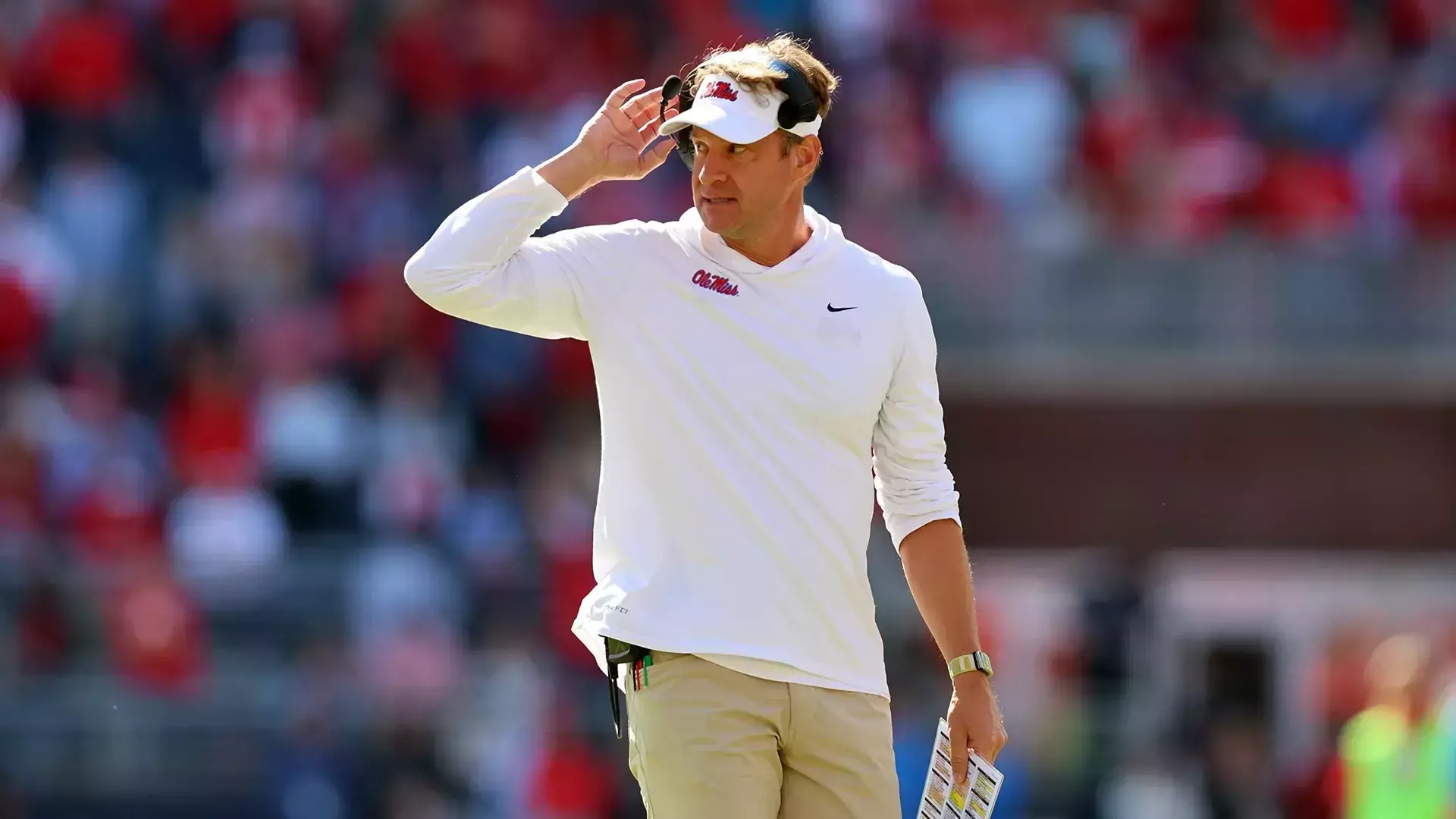
Studio portrait of Sid Salter. (photo by Beth Wynn / © Mississippi State University)
By: Sid Salter
There were some justifiable fears in the late 1950s and early 1960s – threats like polio, global thermonuclear war, or the President appearing on TV to talk about anything. If he did, you could forget about TV for the night on either of the channels that were available to us (if the weather was right).
But there were also some more enjoyable and interesting things about being a child of the Eisenhower administration. During my childhood, I experienced some wonderful things that have since mostly gone the way of the dodo bird – things like full-service gas stations, traditional all-male barber shops, and rural fish camps restaurants that served, well, fish.
In a big box store this week, those thoughts rolled quietly into my head while checking out. There were two cashiers each with lines a half-dozen shoppers deep. There were more than a dozen self-checkout scanners available. I loathe this technology and even more so if I happen to be trying buy produce or something else that these infernal things can’t readily process.
The Food Marketing Institute reports that back in 1999, only six percent of all grocery stores in America offered self-checkout lines. By 2007, that number increased to 95 percent and it is difficult to find a supermarket or hypermarket (think Walmart, Target, or Kroger) that doesn’t utilize the technology.
So what, you ask? So this, my friend. The U.S. Bureau of Labor Statistics chronicles that as of 2018, there were 3,555,500 cashiers in America making an average annual salary of $22,340 or $10.78 per hour. The lowest 10 percent earned less than $8.49, and the highest 10 percent earned more than $14.47. In Mississippi in 2018, 42,120 cashiers had jobs with an annual mean wage of $19,620 or $9.43 per hour.
The feds say this about the future job outlook for cashiers: “Although retail sales are expected to increase over the next decade, employment growth of cashiers should be limited because of advances in technology, such as the use of self-service checkout stands in retail stores and increasing online sales.”
In my self-checkout line in the Starkville Walmart, my scanner predictably took a powder during the banana-weighing portion of the transaction. Fully perturbed, I looked around for a place to throw the bananas. Luckily, a young lady with a yellow Walmart vest intervened.
“The scales on these things are really temperamental,” she said. She tried to make it work but had the same luck I did. My eyes crossed at the prospect of having to cancel the transaction and start over just to find a scanner with a working produce scale.
“Let me take your bananas over here and weigh them on another scanner,” the cashier said. “Y’all finish everything else on this one and then come over here.” Smart. Friendly. Helpful. Human.
We followed her bright suggestions and after paying for the fruit, I asked: “So what happens to your job as Walmart continues to force customers to use these crappy self-checkout gizmos?”
She stared past me: “I worry about that every day, Mister. Every day.” I thanked her and wished her luck.
Despite the spread of the self-checkout technology, cashier jobs in grocery stores and supermarkets are holding steady for now as overall employment in the grocery industry has grown. For the sake of the nice young lady I met in Walmart, I hope that trend continues.
Cashier-less stores, robots, autonomous delivery vehicles and other developments are already part of the retail landscape. I guess that’s good. But I hope that in the process we don’t lose places for bright young people with nimble minds to find jobs – like the gas station attendants of my youth.








